Optimal Timing for Waterproofing Projects
Proper timing for waterproofing projects is essential to ensure durability and effectiveness. The optimal period depends on weather conditions, temperature ranges, and the specific type of waterproofing material used. Typically, dry and moderate weather conditions provide the best environment for application and curing.
Spring offers moderate temperatures and less rainfall, making it suitable for waterproofing projects before heavy summer rains.
Warm and dry summer months are ideal for waterproofing, allowing for proper curing without interruption from moisture.
Early fall provides cooler temperatures and less humidity, suitable for preparing structures before winter.
Winter is generally not recommended due to freezing temperatures which can hinder application and curing processes.
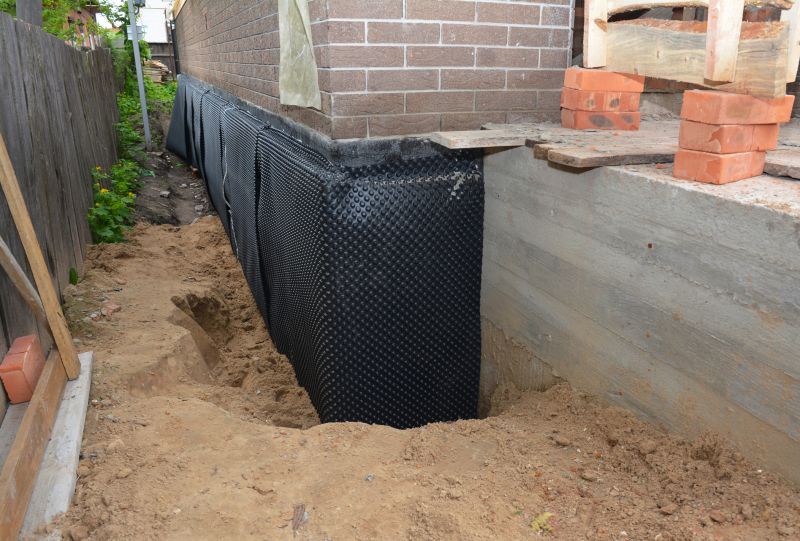
Spring weather allows for effective waterproofing with minimal interruption from rain or cold.
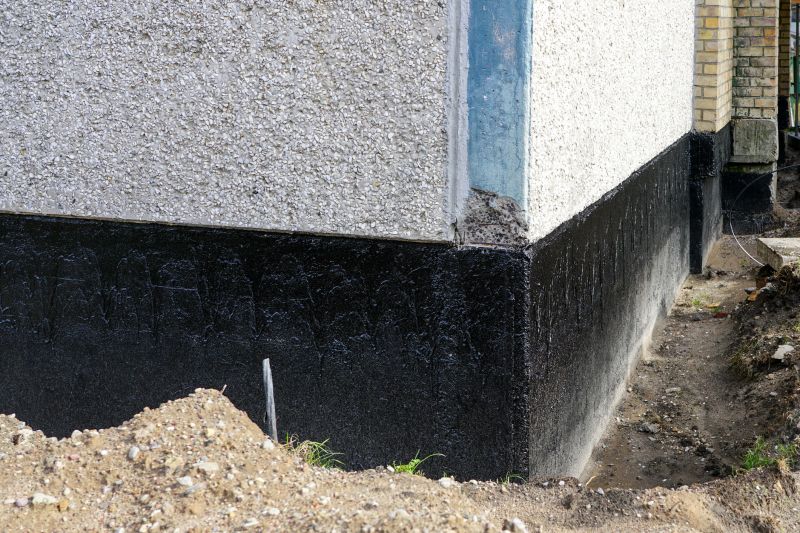
Dry summer conditions support optimal curing and long-lasting results.
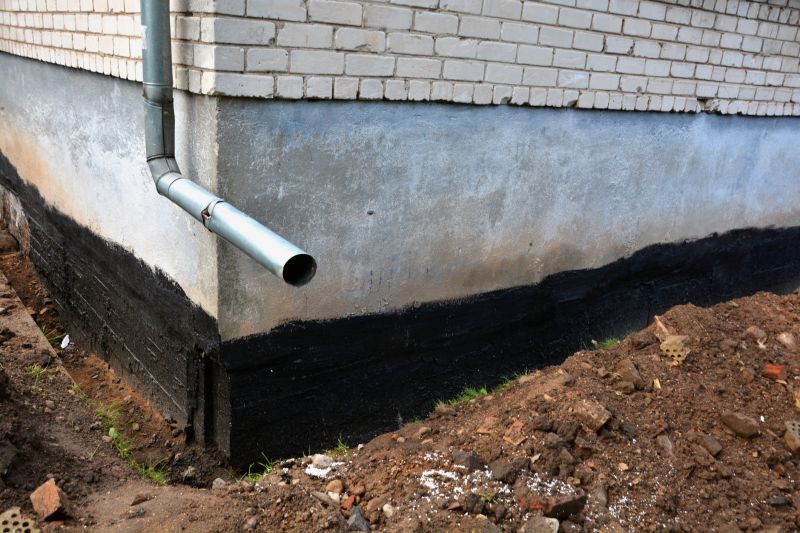
Applying waterproofing in fall helps protect structures from winter moisture issues.

Freezing temperatures can compromise waterproofing materials, making winter unsuitable for applications.
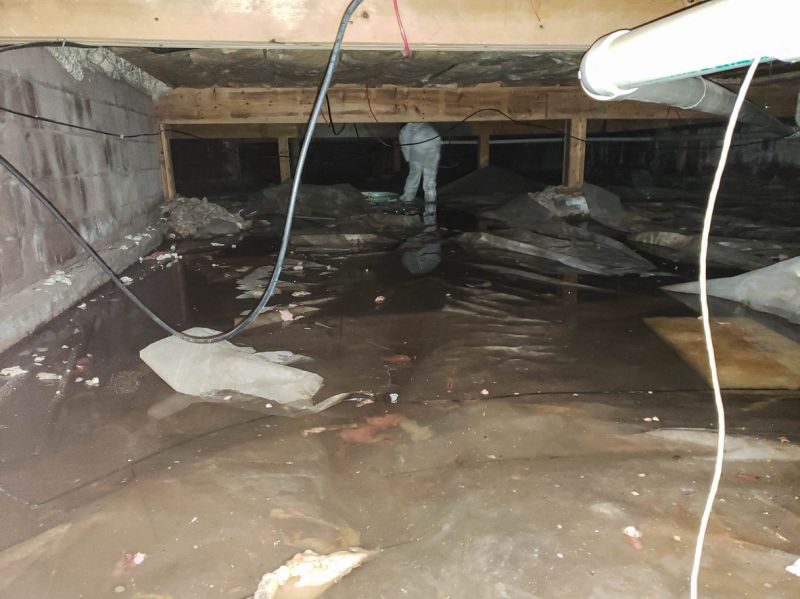
Ways to make Waterproofings work in tight or awkward layouts.
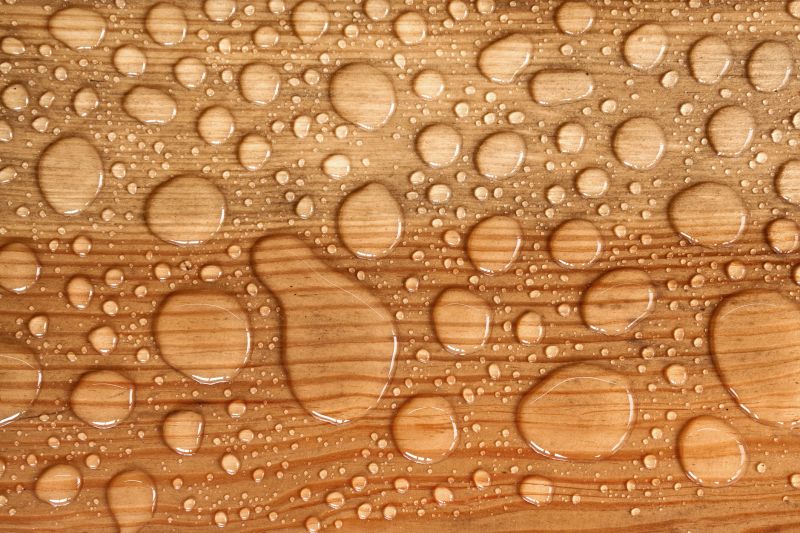
Popular materials for Waterproofings and why they hold up over time.

Simple add-ons that improve Waterproofings without blowing the budget.
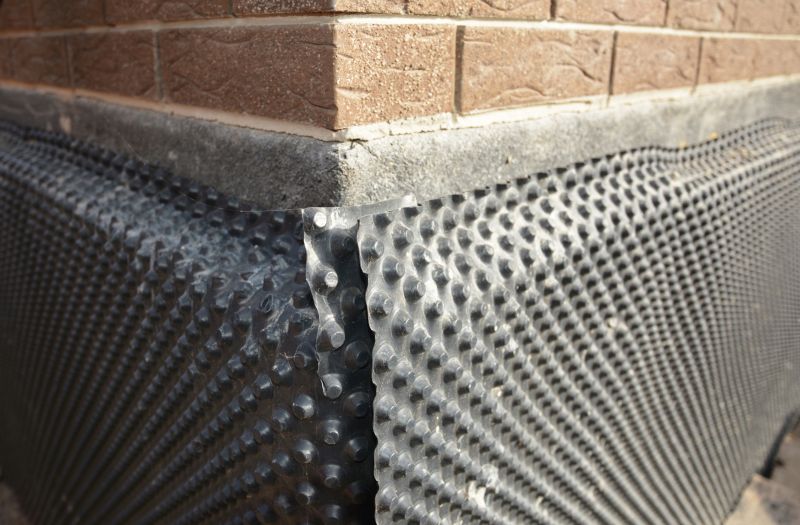
High-end options that actually feel worth it for Waterproofings.
Waterproofings are essential for protecting structures from water infiltration, which can cause damage, mold growth, and structural weakening. Various materials such as liquid membranes, sealants, and membranes are used depending on the application. Properly timed waterproofing ensures maximum adhesion and effectiveness, prolonging the lifespan of the building envelope.
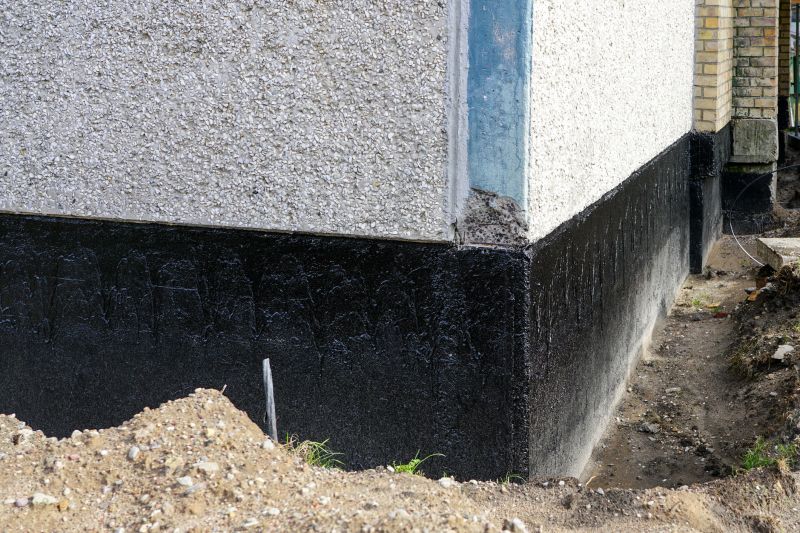
Application process showing effective waterproofing methods.
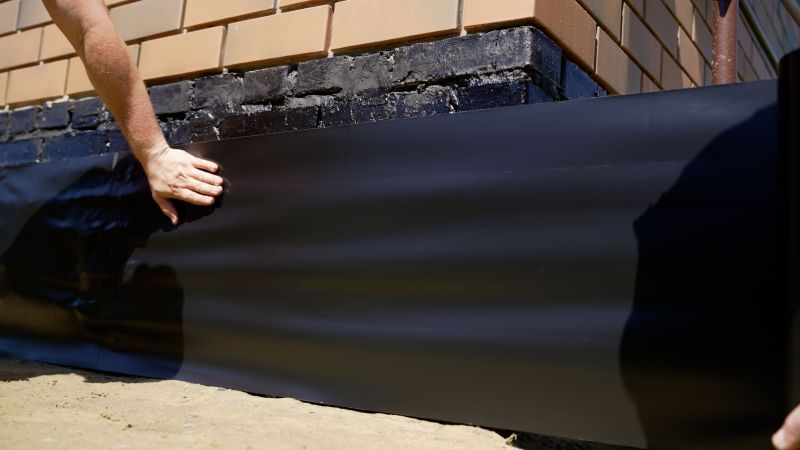
Completed waterproofing project with durable sealing.
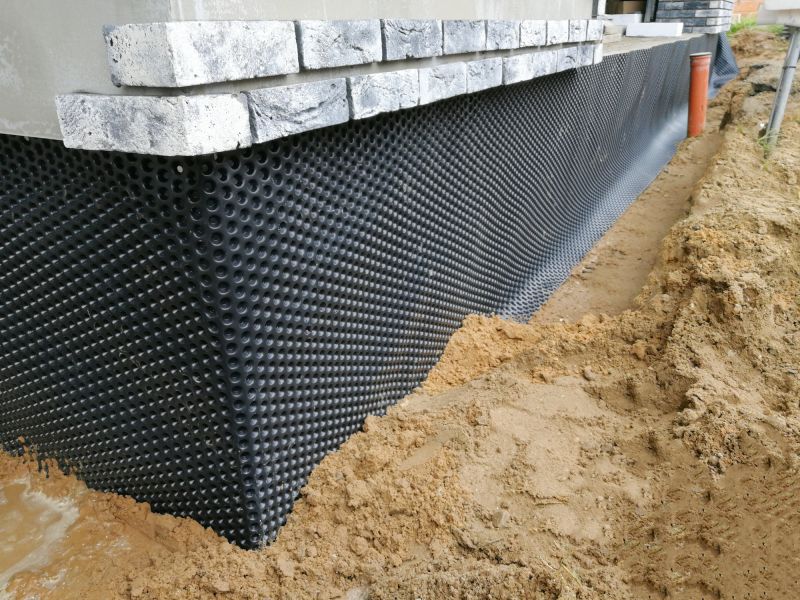
Installation of waterproof membranes on foundation surfaces.

Use of sealants to prevent water ingress around joints.
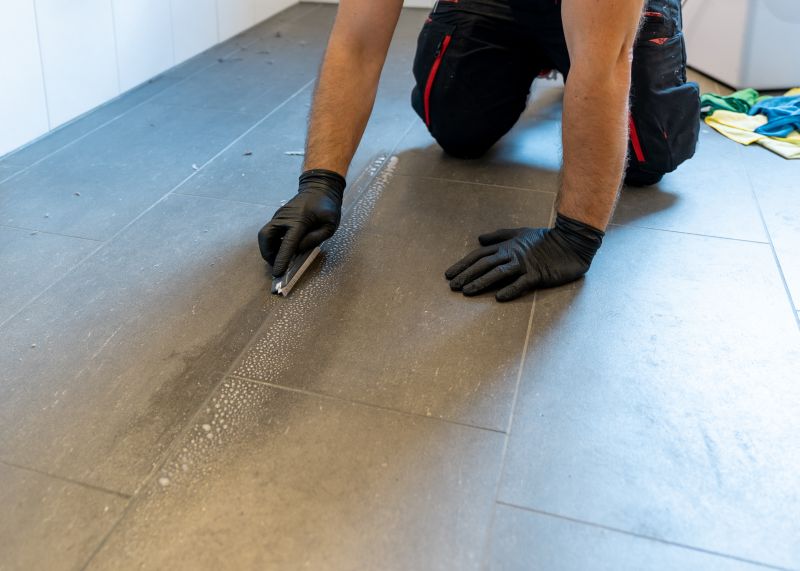
Finishes and colors that play nicely with Waterproofings.
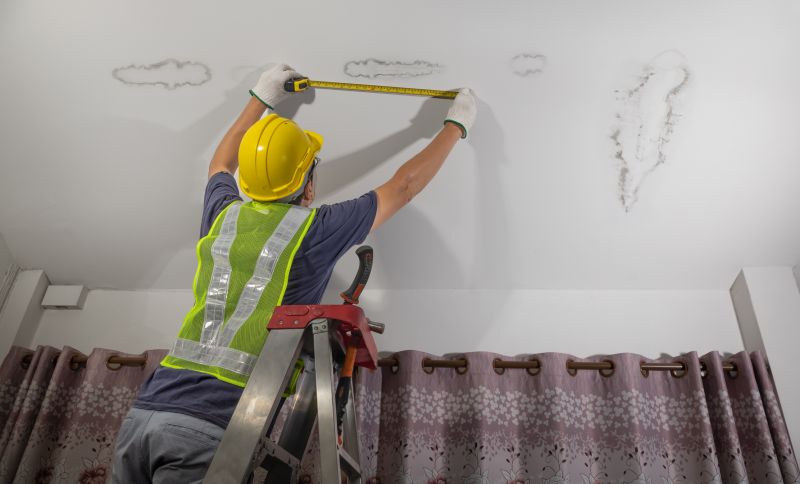
Little measurements that prevent headaches on Waterproofings day.
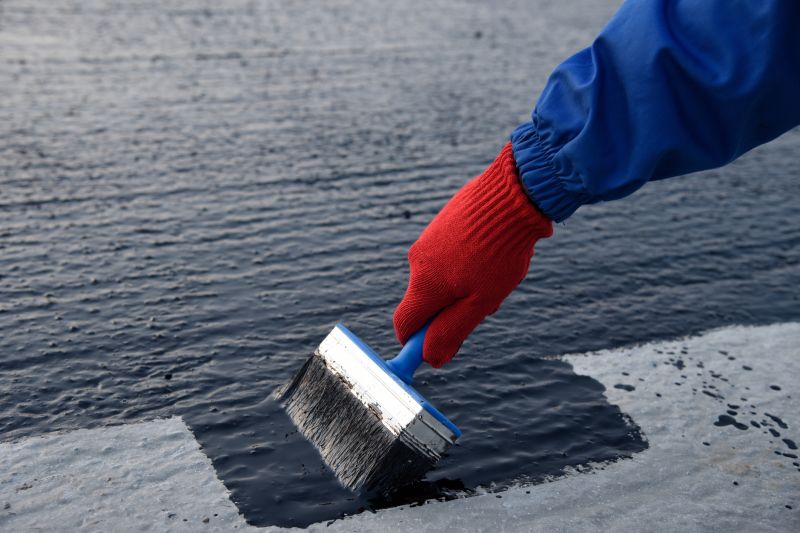
A 60-second routine that keeps Waterproofings looking new.
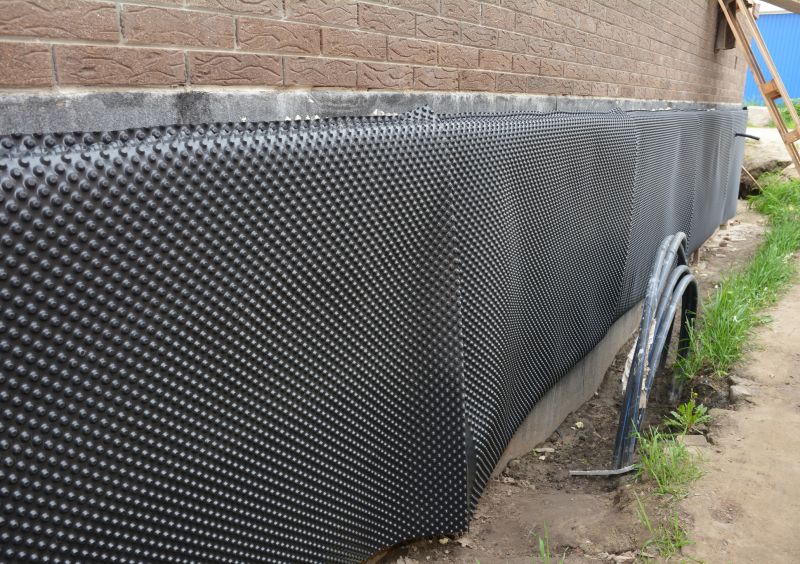
A frequent mistake in Waterproofings and how to dodge it.
| Season | Optimal Conditions |
|---|---|
| Spring | Moderate temperatures, low rain |
| Summer | Warm, dry weather |
| Fall | Cool temperatures, low humidity |
| Winter | Freezing temperatures, unsuitable |
Choosing the right time for waterproofing depends on local climate conditions and the specific needs of the structure. Consulting with waterproofing professionals can help determine the most suitable season for application, ensuring long-term protection and performance.
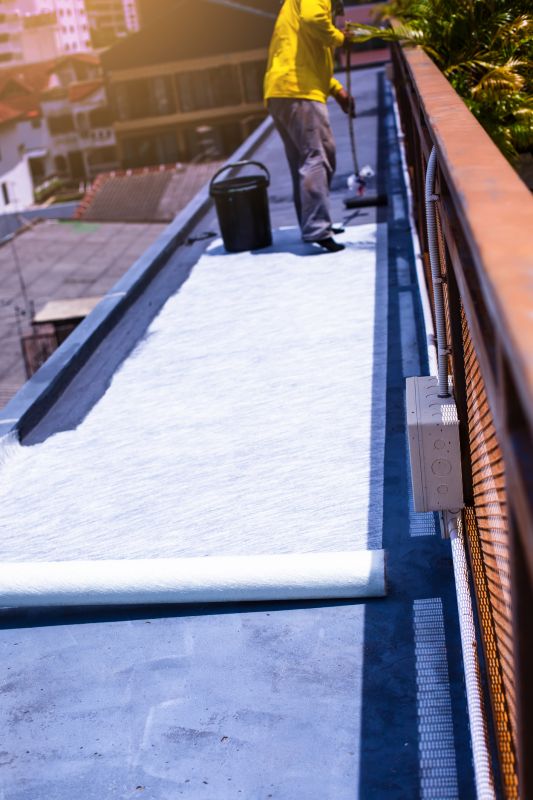
Tools and materials used in waterproofing applications.

Different types of membranes and sealants for various surfaces.
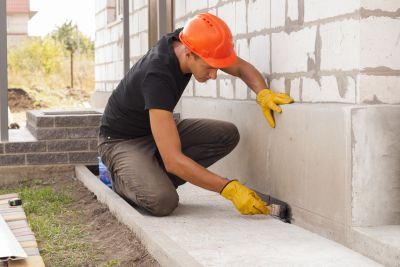
Waterproofing work being performed on a building foundation.
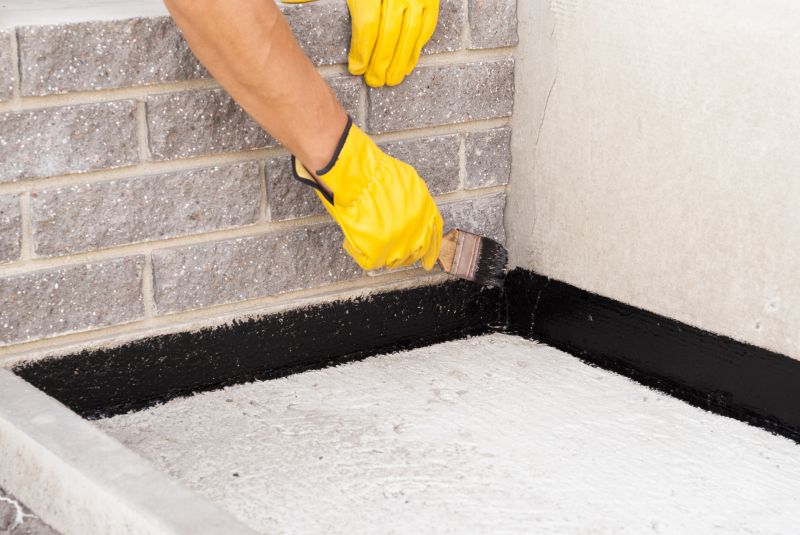
Completed waterproofing application on a residential structure.
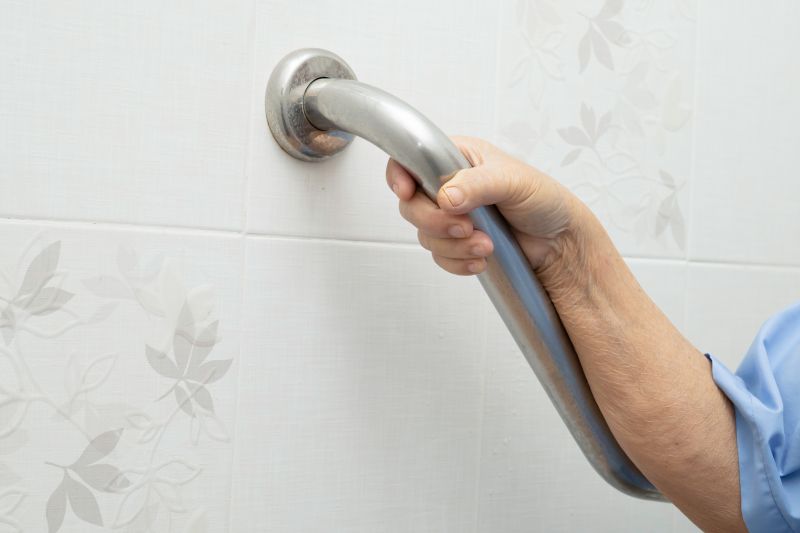
Small tweaks to make Waterproofings safer and easier to use.

Lower-waste or water-saving choices for Waterproofings.

The short, realistic tool list for quality Waterproofings.
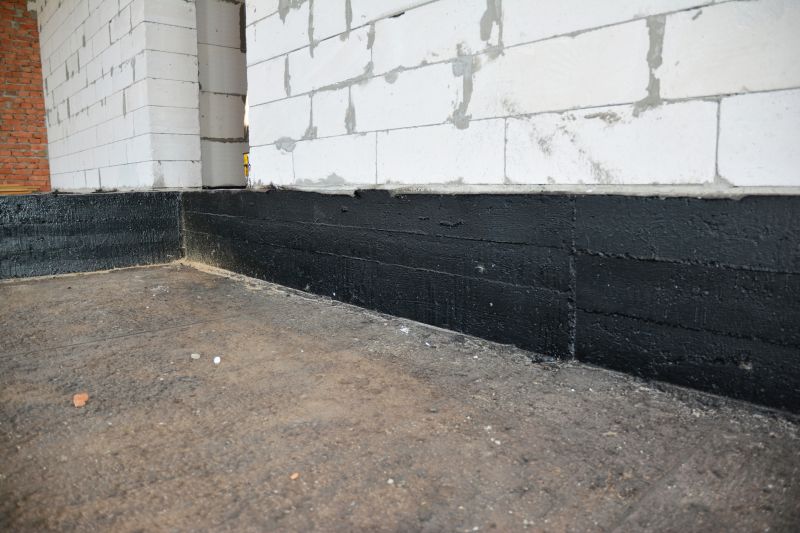
Rough timing from prep to clean-up for Waterproofings.
Interested in waterproofing services? Filling out the contact form can provide more information and assistance tailored to specific project needs.

